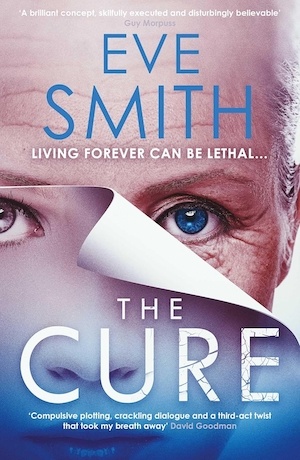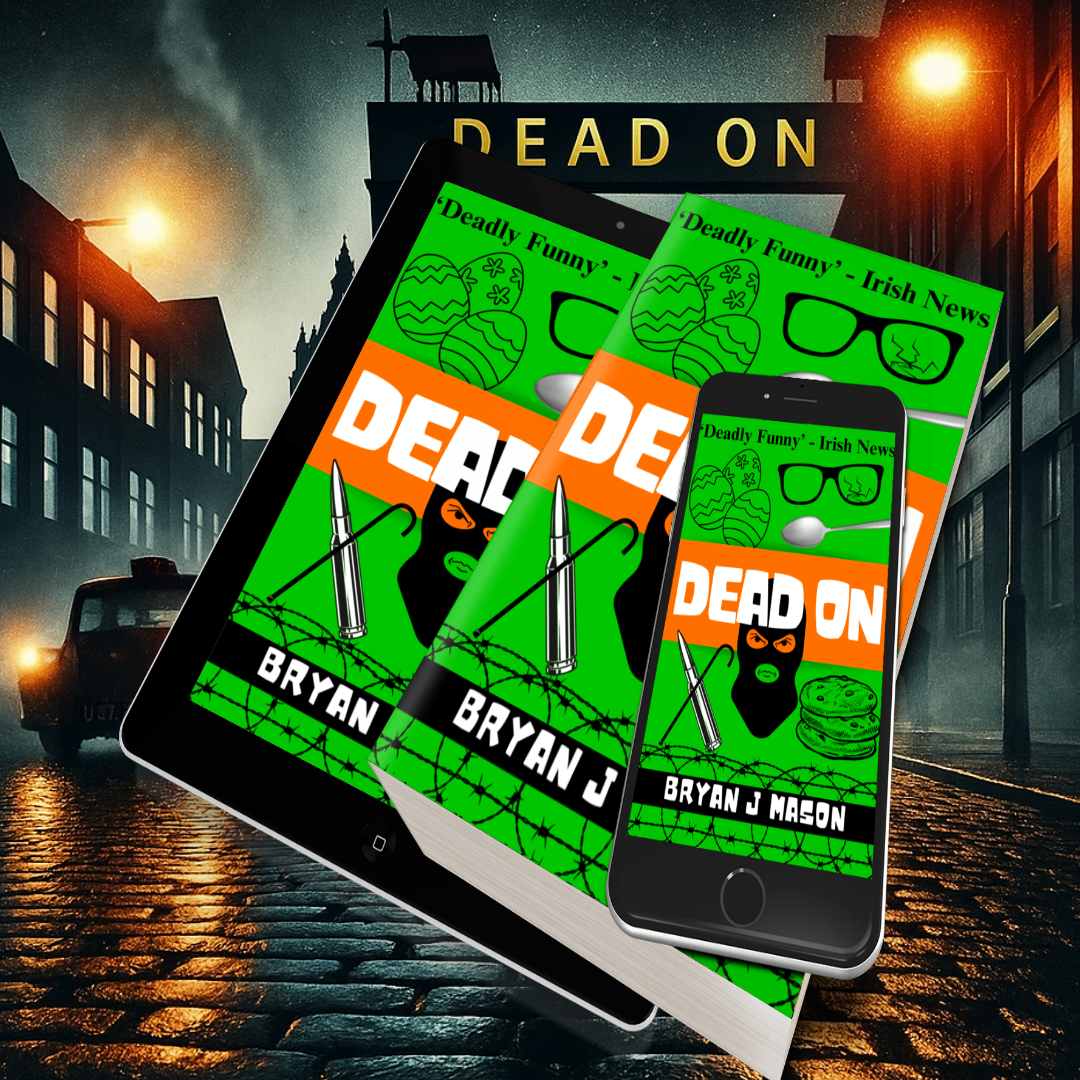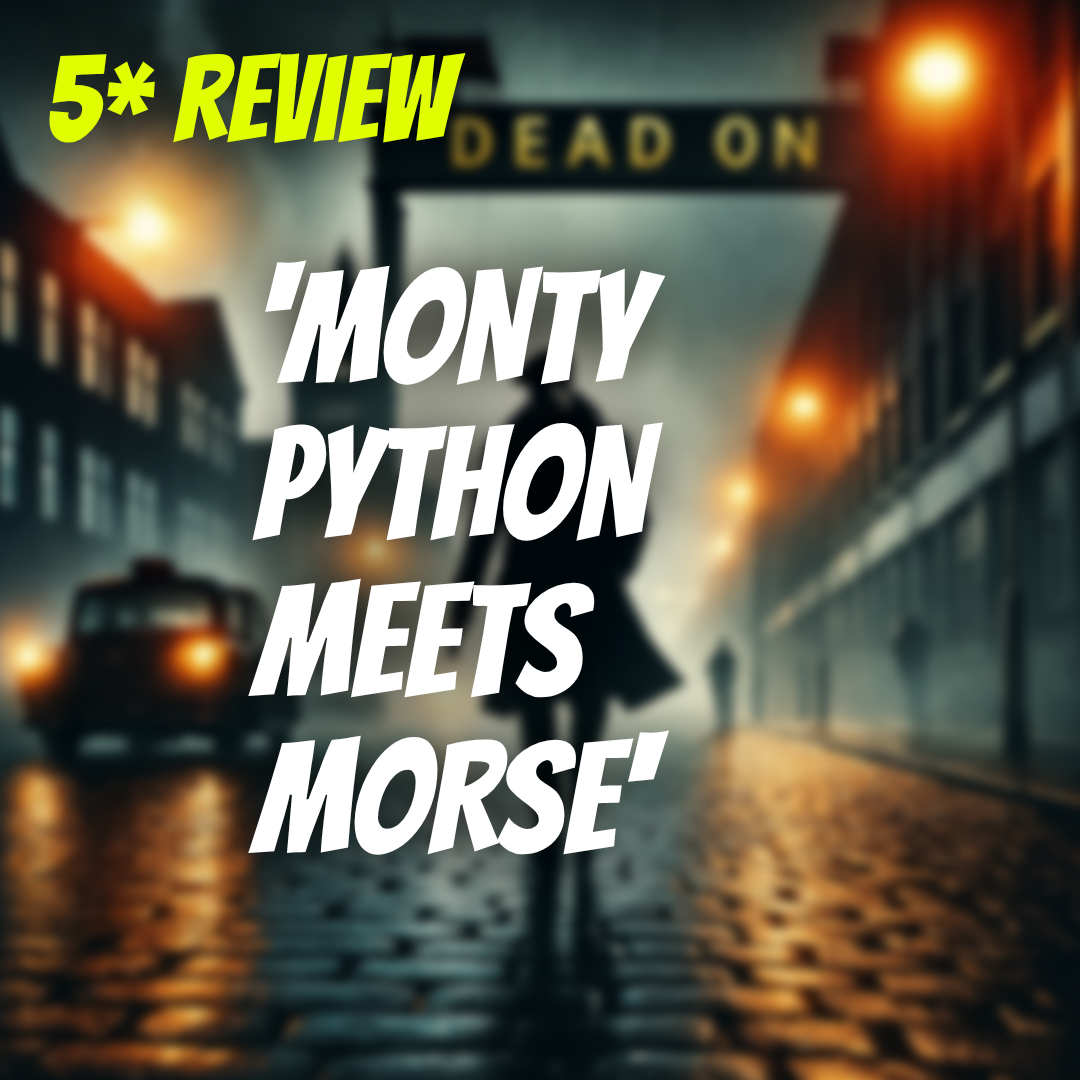
The Cure is the fourth speculative thriller from author Eve Smith and her best so far, producing a gripping read by looking at societal issues and medical trends and casting an eye to the future. The author takes you to all kinds of interesting and sometimes dark places. Smith’s focus in The Cure is an exploration of society’s fixation on youth and a desire for immortality.
Ruth Sharp is 115 years old and leads a quiet life. As a young mother, she had to face heartbreaking news. Her daughter Lettie had a rare genetic condition that caused her to age prematurely. Ruth desperately wanted to find a cure for Lettie’s condition. Sadly, Lettie passed away before Ruth had found a solution.
Eventually, Ruth formulates the vaccine that would have saved her daughter. She also makes an unexpected discovery about her cure. In addition to repairing the gene mutation that caused her daughter to die young, it also reversed the damage caused by the disease. Imagine your joy, if you had cancer or heart disease and all of your symptoms disappeared with one injection. When her boss at the lab learned about this outcome, she immediately saw dollar signs.
She recognised that everyone would want this treatment. The faster the vaccine hit the market, the sooner she would become rich. Ruth’s boss brings in Erik Grundleger, another scientist to work with Ruth. Erik does not share Ruth’s concerns about the need to complete more testing to assess long-term impacts and pushes the release of ReJuve forward. As predicted, there was much demand for ReJuve.
The scientists go their separate ways after the release of ReJuve. Erik takes the vaccine formula created by Ruth and tweaks it to create SuperJuve. This vaccine will extend an individual’s lifespan but is priced so only the super wealthy can approve it.
Smith weaves the consequences of people living much longer throughout her plot. Pensions and retirement savings are no longer adequate. Food shortages, increased unemployment and homelessness happen to more and more people. These problems are amplified by increasing environmental issues. Coastal cities have been flooded and there are mass migrations of displaced people.
The setting of Oxford is important in The Cure as it reflects the impact of over-population. Smith describes the city over several decades through her characters’ memories and comments. Green spaces no longer exist. Oxford has become a concrete megacity. Interspersed throughout the book are magazine articles and advertisements that flesh out the changes that have occurred. The chapters are labelled Now and Then which helps to distinguish between flashbacks and the present.
The story is told from the perspectives of the characters Ruth and Mara Black. Mara is an Investigator for Omnicide. The quality of life and overcrowding issues created by SuperJuve, as well as some serious side effects, have led the government to designate SuperJuve unlicensed in the UK. That does not slow down the numbers of billionaires using SuperJuve. They simply travel to places where SuperJuve is available.
The government has also set a mandatory age of 120 for transcendence. This is a ritual where individuals are essentially ‘put to sleep’ after a loving send-off from family and friends. It is Mara’s job to track down the Supers who are unwilling to follow the laws. Her nickname is the Blade which reflects her ambition and fierce dedication to her job. Not everyone understands her dedication. Some people see her role as a glorified bounty hunter.
Rumours of research related to a new gene therapy pull Ruth and Mara together. They are wary of each other yet they both recognise that they will have greater success by combining their knowledge and experience. The two women make a shocking discovery during their investigation. However, it is presented by Smith in a plausible manner. No doubt Smith’s extensive research helps to give the plot credibility. It is worth noting that Smith’s first book, The Waiting Rooms, described some of the behavior that we were witnessing at the start of the pandemic. The book was published 9 April 2020. Smith takes her research seriously.
The Cure is the type of book that pulls you in with a gripping plot and some surprising twists and turns. It also gets you thinking about the important themes in the book around society’s obsession against ageing, medical ethics and the environmental impact of population growth. What happens when decisions around new medical breakthroughs are driven by greed? Is it worth living forever if your existence is destroying the quality of life on Earth? The Cure will stay with you long after you finish reading it.
For other books set in the near future see The Forcing by Paul E Hardisty, Dirty Geese by Lou Gilmond, Deep Freeze by Michael C Grumley and The Blind Spots by Thomas Mullen.
Orenda Books
Print/Kindle
£7.99
CFL Rating: 5 Stars








